

Gaya, located in Bihar, is not only a hub of spiritual significance but also a treasure trove of natural beauty, marked by its scenic hills and ancient caves. For tourists seeking adventure, history, and tranquility, Gaya's rugged landscapes offer much to explore. From the awe-inspiring Barabar Caves, the oldest rock-cut caves in India, to the serene Brahmayoni Hill and sacred Pretshila Hill, these destinations offer panoramic views and a glimpse into India's ancient past. Whether it's hiking, exploring hidden caves, or soaking in spiritual energy, Gaya’s hills and caves make for a perfect offbeat getaway.
One of the most famous attractions near Gaya is the Barabar Hills, home to the Barabar Caves, the oldest surviving rock-cut caves in India. Located about 40 kilometers from Gaya, these caves date back to the 3rd century BCE and are attributed to the Mauryan period, specifically under the reign of Emperor Ashoka. The Barabar Caves were originally carved for the Ajivika sect, a religious group contemporary with Buddhism and Jainism. The Barabar Hills themselves offer a scenic landscape, with rocky terrain and panoramic views of the surrounding plains. The caves, cut into the granite hills, showcase the advanced architectural and engineering skills of the ancient craftsmen. Each cave has highly polished interiors, which were designed to amplify sound, making them perfect for meditation and religious gatherings. The Lomas Rishi Cave, in particular, is famous for its decorative entrance, which resembles wooden architecture. Visitors are often amazed by the precision of the stone carving and the peaceful atmosphere within the caves. The Sudama Cave is another popular cave within the Barabar Hills, known for its echo-producing interiors.

| Pretshila Hill, located around 10 kilometers from Gaya, is one of the most significant hills for Hindus performing the Pind Daan ritual. According to Hindu mythology, it is believed that this hill is where the souls of the departed find peace and salvation. Pilgrims visit this hill to offer prayers and perform rituals for their ancestors, ensuring that their souls rest in peace. Apart from its religious significance, Pretshila Hill offers breathtaking views of the surrounding landscape. The hill is covered with lush greenery, making it a peaceful retreat for those looking to experience nature's tranquility. At the top of the hill, there is a small temple dedicated to Lord Yama, the god of death, where rituals are performed. |

On Barabar Hill, four caves stand as a symbol of extraordinary craftsmanship and devotion. Each cave offers a unique design and layout, showcasing the ingenuity of the Mauryan architects.
Sudama Cave:
One of the first caves to be dug, Sudama Cave was dedicated to the Ajivikas by Emperor Ashoka in 257 BCE. It consists of two chambers—a circular vaulted chamber and a rectangular mandapa. The polished granite walls create a stunning mirror effect, which is both aesthetically beautiful and practical, enhancing the echo of sound within the cave. This intricate feature adds a layer of mysticism to the cave’s quiet, meditative atmosphere.
Lomas Rishi Cave:
Perhaps the most famous of the Barabar Caves is the Lomas Rishi Cave, celebrated for its intricately carved entrance. The cave’s facade imitates the wooden architecture of the time, featuring a chaitya arch (or chandrashala), a feature that would become a hallmark of rock-cut architecture in India for centuries to come. Above the doorway, a procession of elephants heads towards stupa emblems, symbolizing spiritual enlightenment. The interior of the cave, however, remains unfinished, offering a fascinating glimpse into the process of ancient cave excavation.
Karna Chaupar Cave:
Located on the northern side of Barabar Hill, Karna Chaupar is a single rectangular chamber with polished walls that bear an inscription from Ashoka, dating to around 250 BCE. The cave was dedicated to the Ajivikas and contains a rock-cut bench, which is believed to have been used for meditation. The inscriptions, combined with the simplicity of the design, make this cave an essential stop for anyone interested in the Mauryan legacy.
Visvakarma Cave:
Also known as Viswa Mitra Cave, this cave is unique for its open rectangular room and unfinished semi-hemispherical chamber. Access to the cave is via the steps of Ashoka, carved directly into the rock face. Though the cave remains unfinished, its connection to Ashoka’s reign and its raw, unfinished appearance offer visitors a chance to see ancient craftsmanship in progress.
The Caves of Nagarjuni Hill: A Legacy of Dasaratha Maurya-
A few decades after the Barabar Caves were completed, Dasaratha Maurya, the grandson of Ashoka, continued the family’s tradition of supporting the Ajivika sect by commissioning three additional caves on Nagarjuni Hill. These caves—Gopi-ka-Kubha, Vadithi-ka-Kubha, and Vapiya-ka-Kubha—bear inscriptions that shed light on the continued Mauryan patronage of the Ajivikas.
Gopi-ka-Kubha Cave:
Also known simply as Nagarjuni Cave, Gopi-ka-Kubha is the largest of the caves in the Barabar complex. It consists of a single, large, oblong room and was dug by King Dasaratha, as confirmed by the inscription above the front door. The cave’s vast interior and perfect acoustics make it an awe-inspiring site for visitors seeking tranquility and connection to the ancient past.
Vadathika Cave:
Nestled in a rock crevasse, Vadathika Cave consists of a rectangular room and an entrance porch. The cave is notable for its Gupta period inscription, which adds another layer of historical depth to the site. The cave’s peaceful atmosphere and simple design offer a contrast to the more elaborate Lomas Rishi Cave, making it a fascinating point of comparison.
Vapiya-ka-Kubha Cave:
Known as the Well Cave, Vapiya-ka-Kubha was also dedicated to the Ajivikas by Dasaratha Maurya. The cave features a beautiful vaulted hall made entirely of polished granite, with an inscription identical to its neighboring cave, Vadathika. The cave’s polished surfaces and echoing acoustics create a peaceful, meditative space that draws visitors into its historical and spiritual significance.
The Barabar Caves are open to visitors from 6 AM to 6 PM daily, offering a full day to explore these ancient wonders. Entry is free, making this an accessible destination for all travelers.
Getting to Barabar Caves is relatively easy. The caves are located just 31 kilometers from Gaya and 42 kilometers from Bodh Gaya, two popular pilgrimage and tourist destinations in Bihar. Visitors can hire a taxi or auto-rickshaw from Gaya or Bodh Gaya, or take a bus to the nearby village and hike the short distance to the caves.
The Best Time to Visit: Enjoying the Caves in Comfort
The ideal time to visit the Barabar Caves is between October and March, when the weather is cooler and more pleasant for trekking and exploring. During the summer months, temperatures in Bihar can soar, making it uncomfortable to visit the caves, which require a short hike to reach.
For those interested in combining their visit to Barabar with other spiritual and historical sites in Bihar, the nearby Bodh Gaya, Rajgir, and Nalanda offer additional insights into India’s ancient history and religious traditions.



"Discover serenity at ISKCON Patna – a spiritual haven where devotion meets peace in the heart of Bihar's capital."
For more details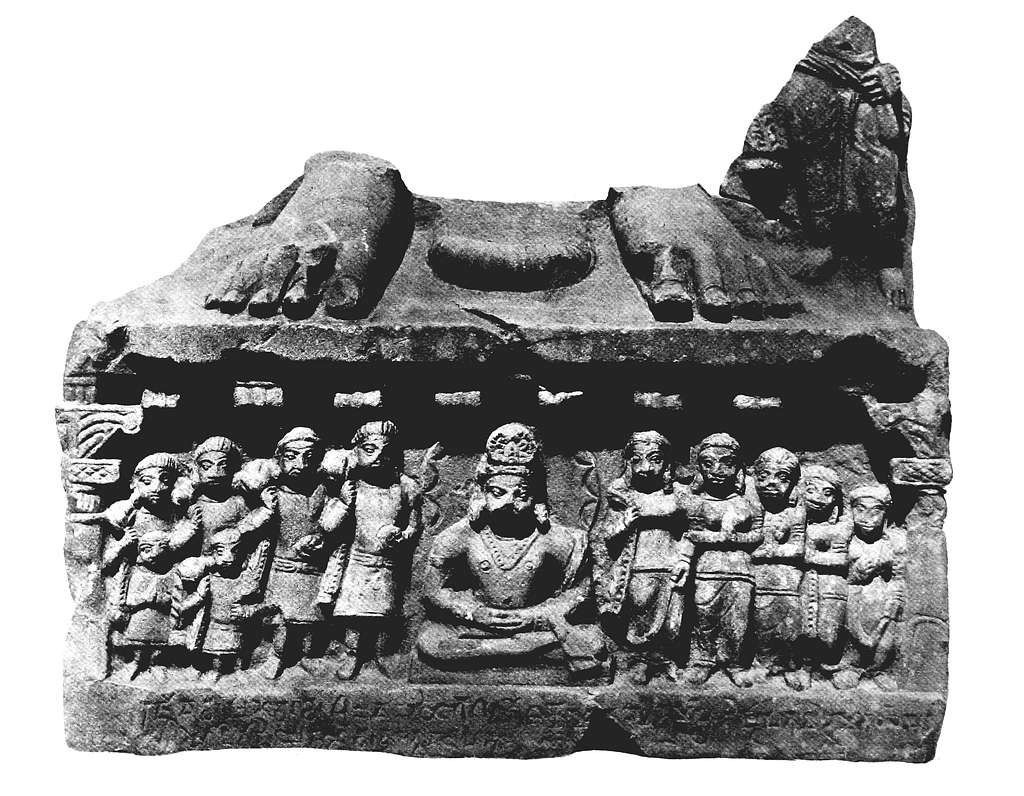
"Explore Patna Museum – a journey through Bihar's rich heritage, ancient artifacts, and timeless treasures of India's glorious past."
For more details
"Discover Bihar Museum – where history, art, and culture come alive, showcasing the vibrant legacy of Bihar’s ancient past."
For more details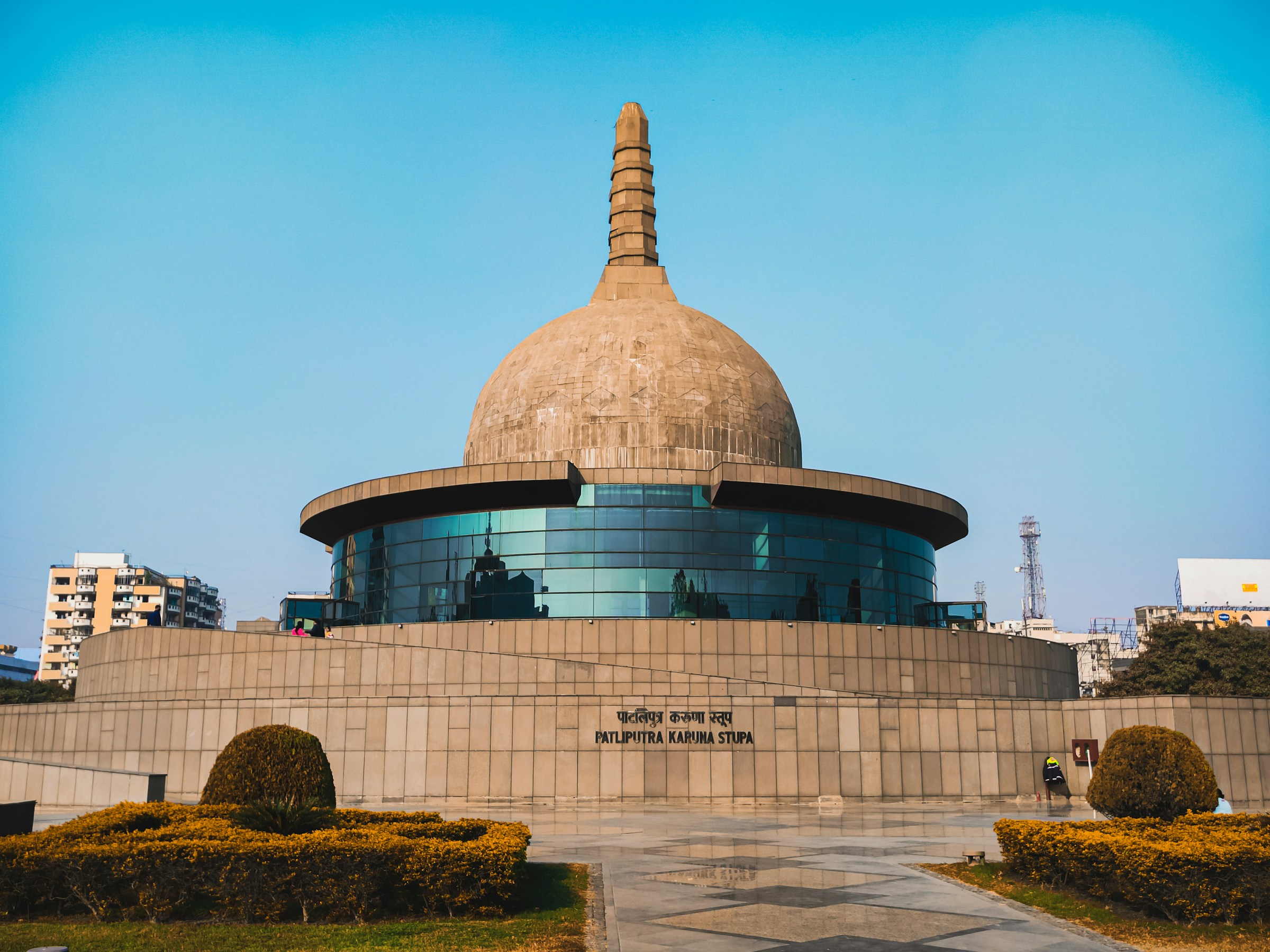
"Experience tranquility at Buddha Park – a serene escape in Patna, where peace and spirituality blend with natural beauty."
For more details
"Explore Patna Zoo – a lush green sanctuary where wildlife, nature, and adventure come together for a perfect family day out."
For more details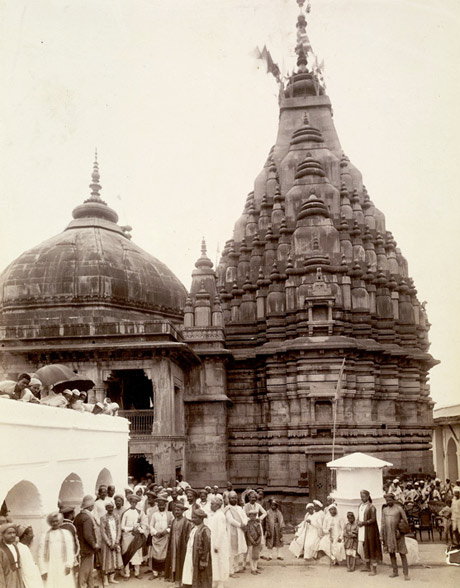
"Visit Vishnupad Temple – a sacred pilgrimage where devotion meets history, nestled in the spiritual heart of Gaya."
For more details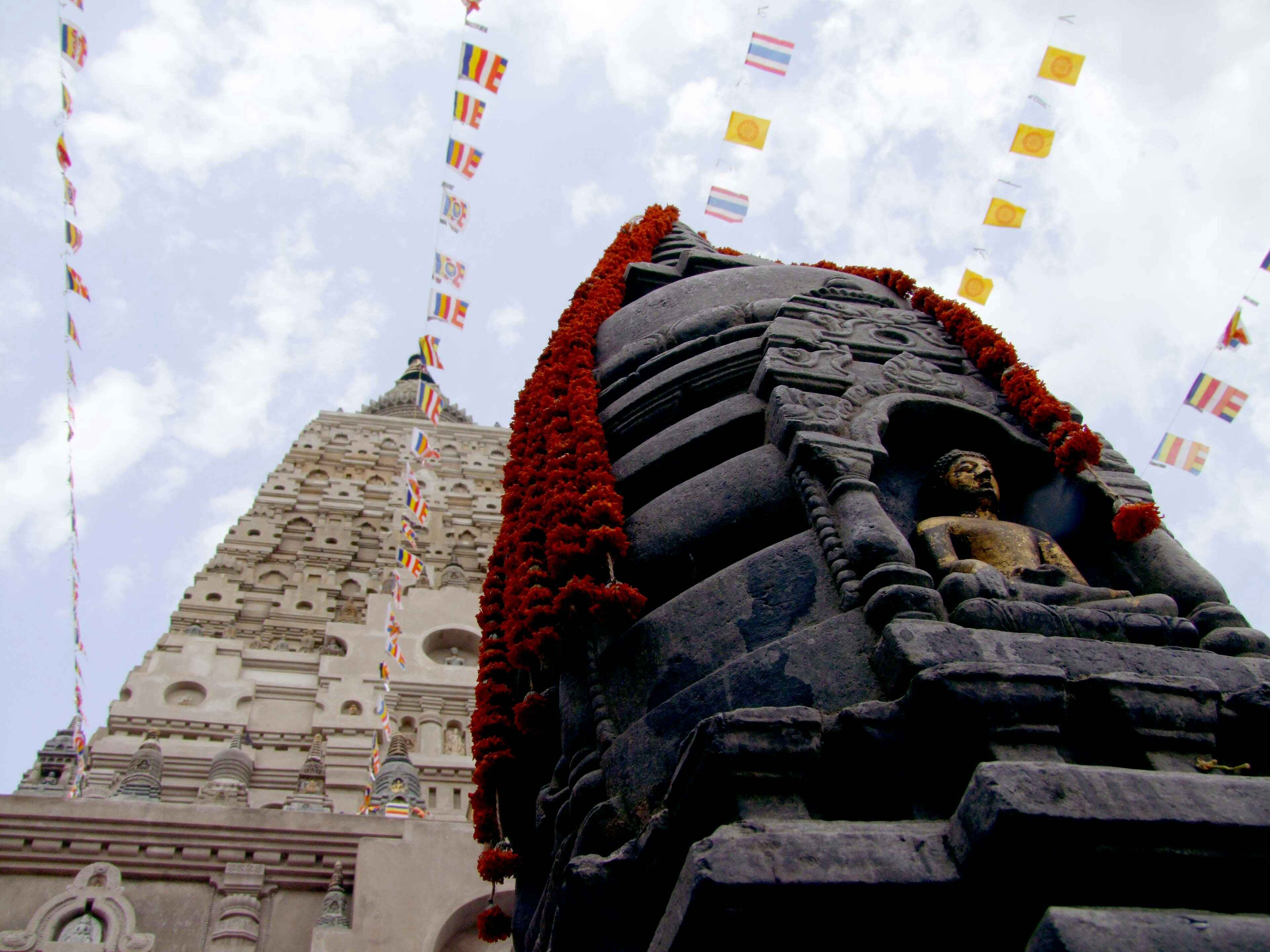
"Visit Mahabodhi Temple – a sacred pilgrimage where devotion meets history, nestled in the spiritual heart of Bodh Gaya."
For more details
"Discover Ghora Katora – a peaceful lakeside retreat near Rajgir, where nature’s beauty and serenity offer a perfect escape."
For more details
"Uncover the mystery of Barabar Caves – India’s oldest rock-cut caves, steeped in history and ancient Buddhist heritage."
For more details
"Explore Dungeshwari Cave Temples – sacred ancient caves where Lord Buddha meditated, offering spiritual peace and historical significance near Bodh Gaya."
For more details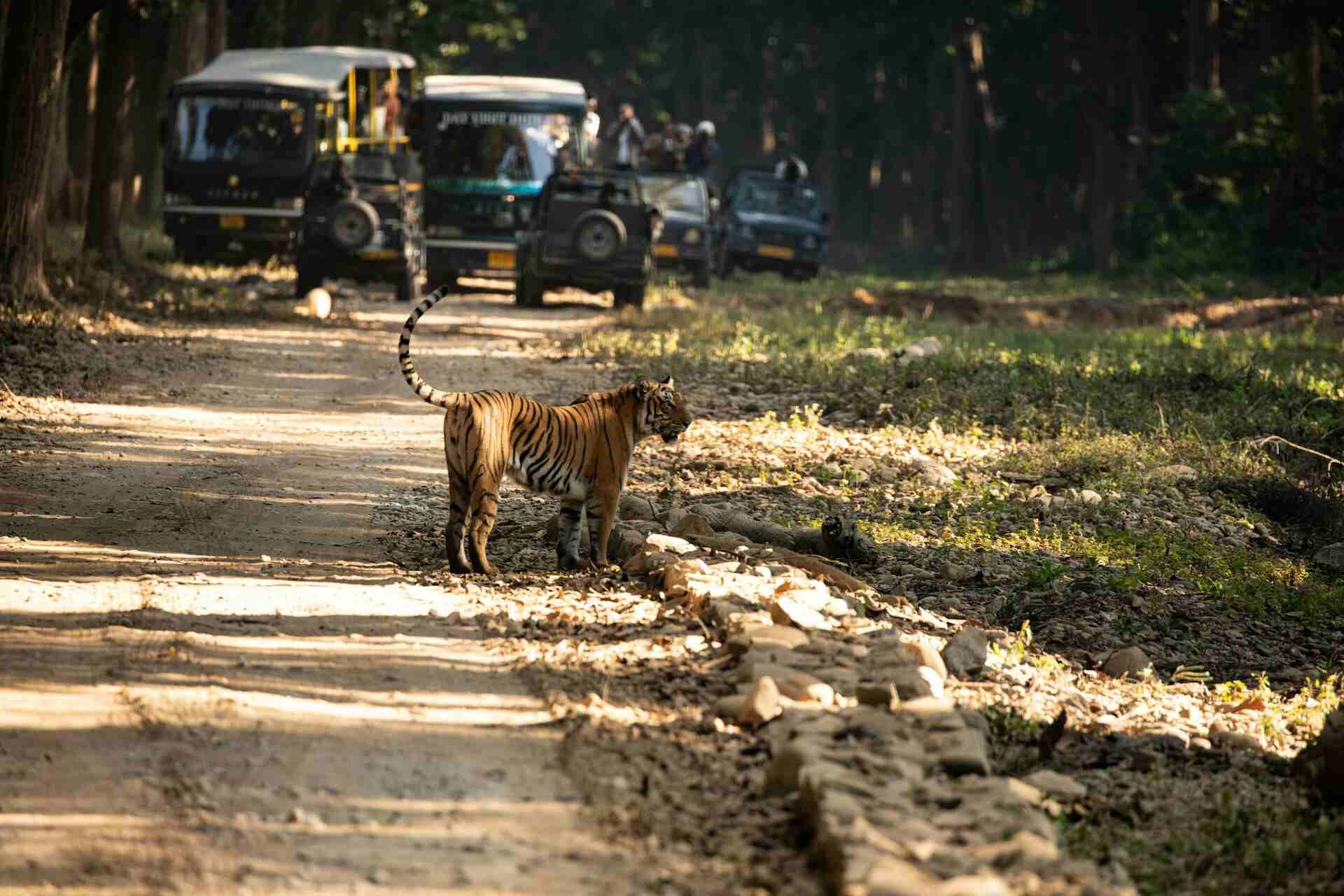
"Embark on an adventure at Rajgir Safari – a thrilling wildlife experience amidst the natural beauty and hills of Rajgir."
For more details